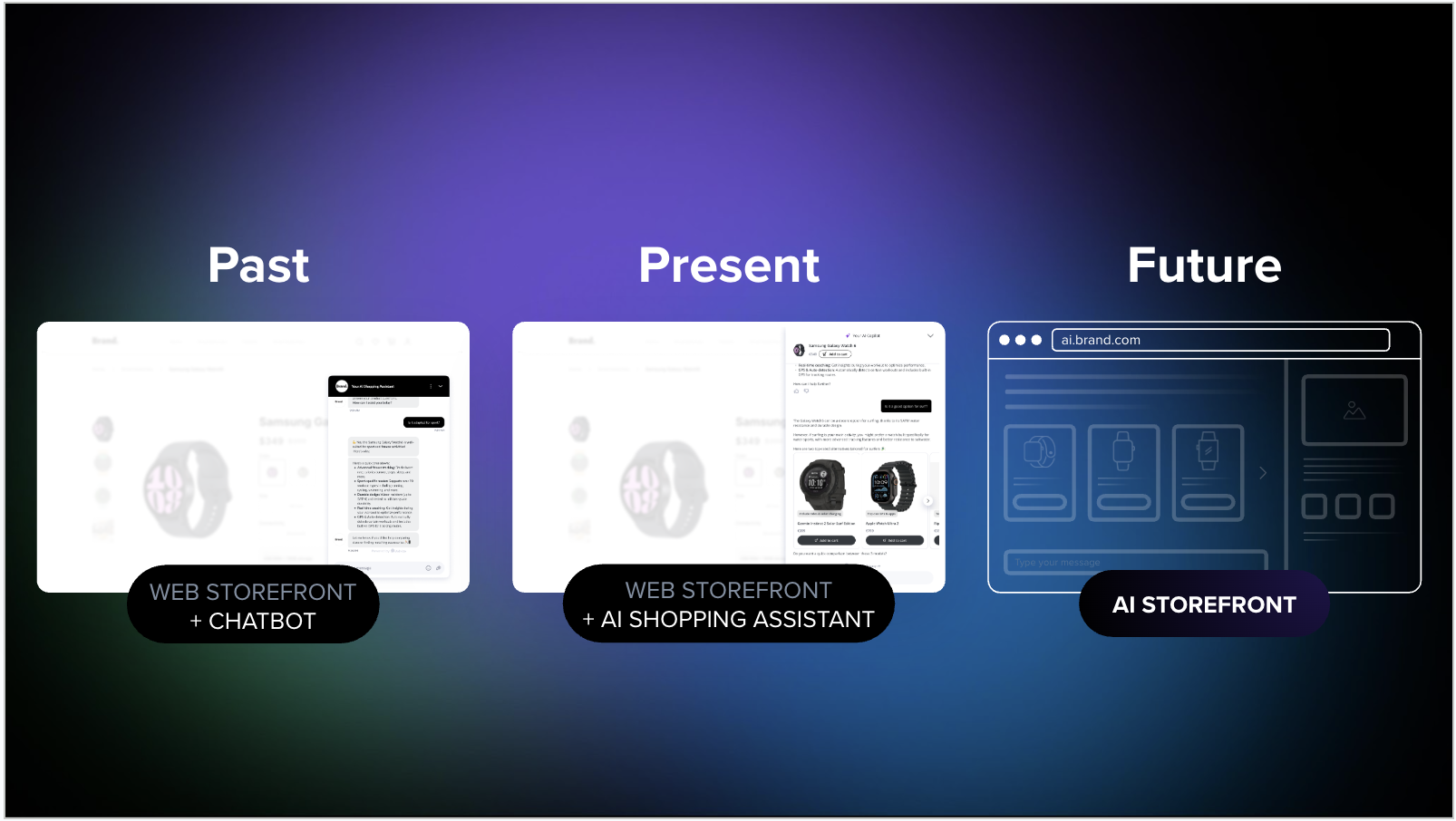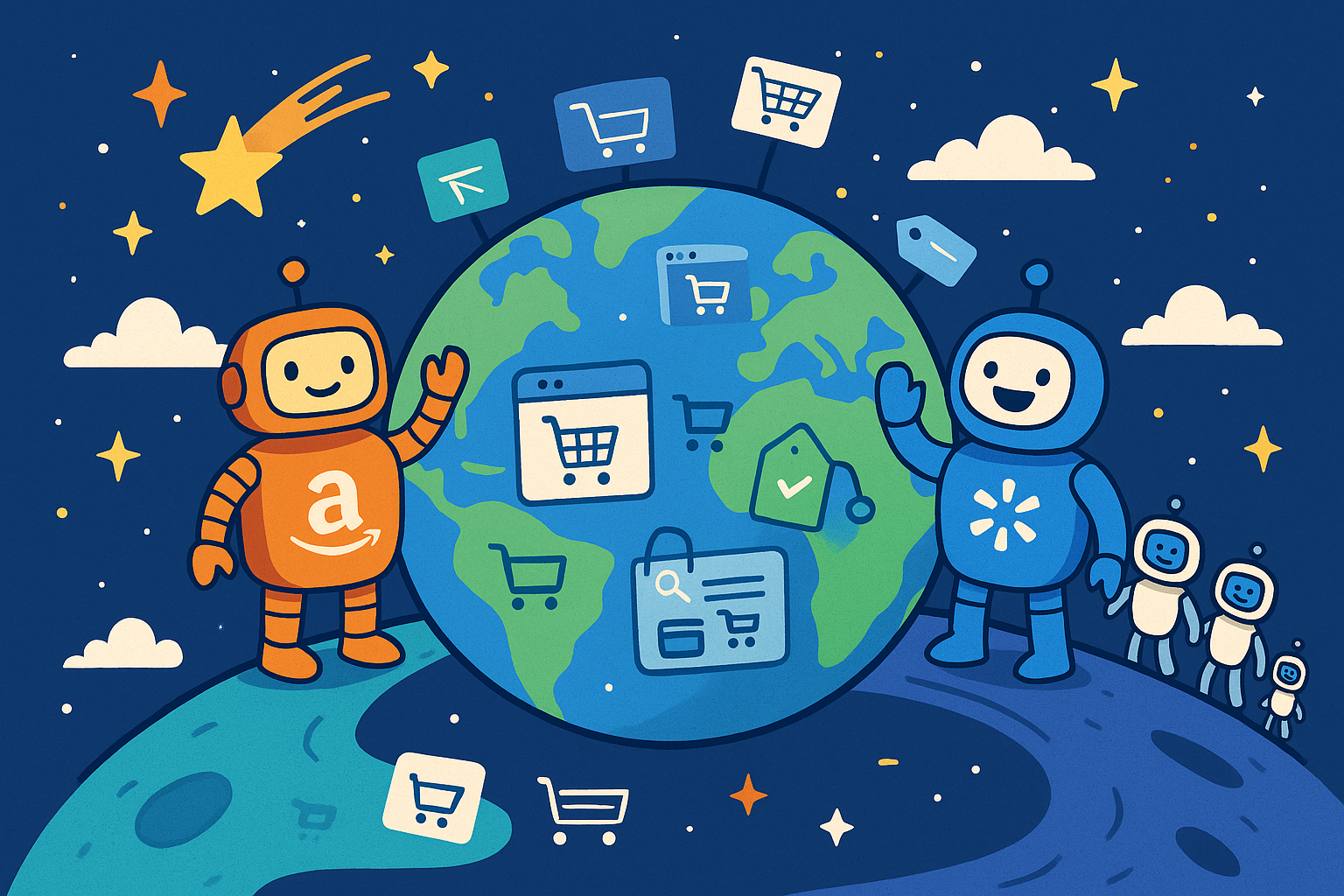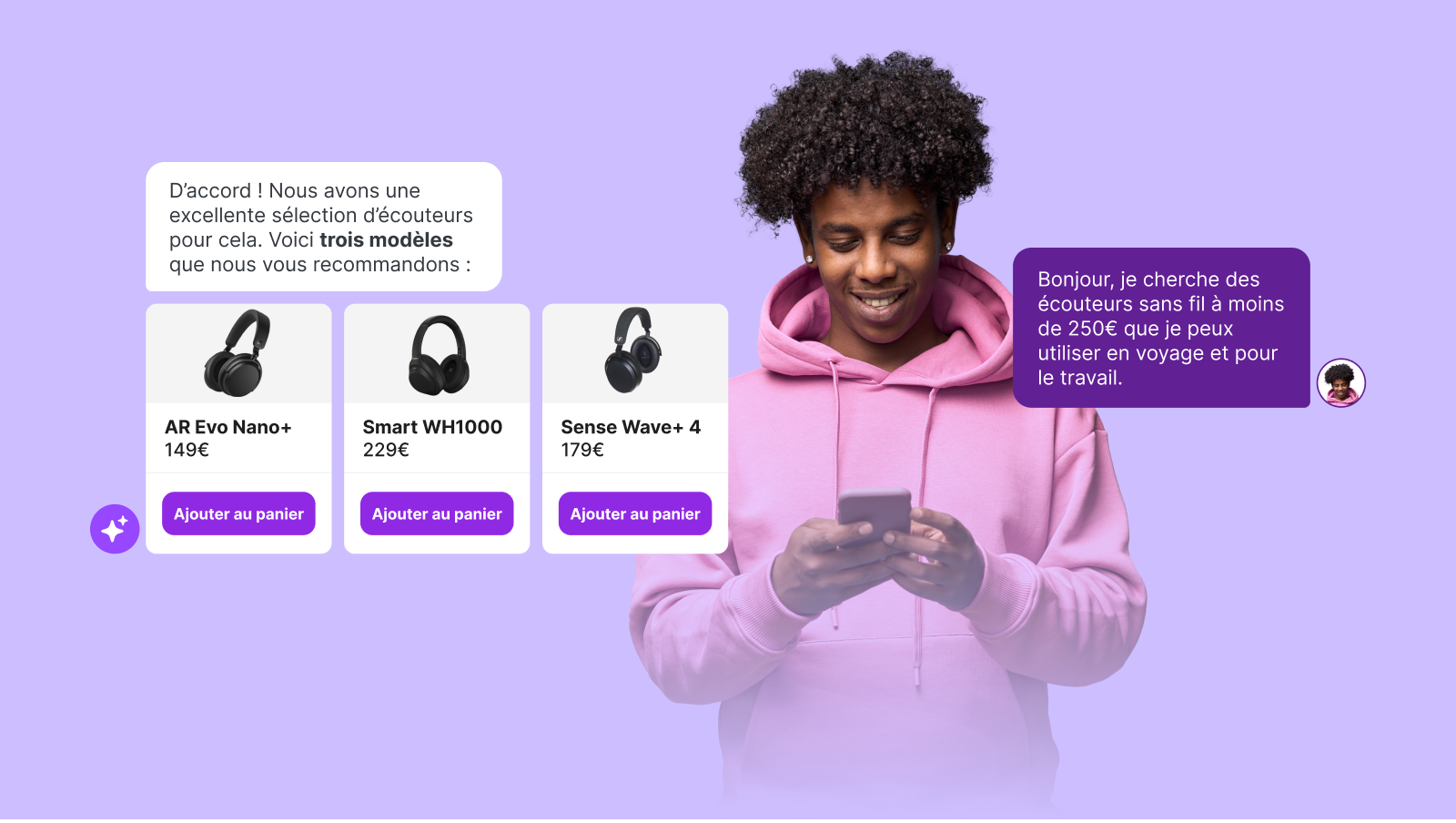The Future of Commerce Belongs to Connected Sales
iAdvize

E-commerce is exploding. $905 billion in online purchases were made in the United States in 2022. And because of recent global events, online shopping has had an iron grip on the market. However, digital customers are volatile, and the quick pivot to greater online shopping access has led to new consumer expectations and demands.
You have to break through endless digital white noise to catch a buyer’s attention, offer them tailored experiences, and develop a close relationship that's supportive throughout their entire customer journey. Digital shoppers are looking to save time by shopping online instead of going to a store. They appreciate the ability to shop whenever they want and to compare prices and deals, but are frustrated with vague product pages that often don’t answer their unique questions.
For over 10 years, brands and retailers have rolled out omnichannel e-commerce strategy and conversational strategy trying to replicate their rich, engaging, in-store customer experience in a digital environment. These companies know human contact is the cornerstone of any business relationship, and therefore aim to create that connection virtually.
This quest for convergence has accelerated in the past couple of years and has rapidly transformed points-of-sale, ultimately leading to the emergence of the conversational store and connected in-store sales associates. Through text, voice, or video conversations with sales associates, a conversational store gives online customers the richness of the in-store experience and the convenience of the assistance they need, no matter where they are.
By bringing the physical and digital worlds together, retailers can capitalize on the benefits of both environments and meet the demands of today’s consumers. The brands that’ll stand out in the future are the ones that can offer a human touch and the connectedness that online customers expect.
In the US, 82% of in-store purchases are made using the ROPO approach (Research Online, Purchase Offline, source: Fact Finder).
Obstacles like missing information or lack of availability block purchases, meaning that customers end up at a point-of-sale where they can see, touch, and try out products and get the advice and expertise of salespeople—even if in-store shopping wasn’t their intention. So, the digital customer starts the experience online, but still ends up at the store.
Enhancing the Digital Shopping Journey is a Brand Necessity
Live shopping, another phygital avenue for brands to consider leveraging, and the conversational store offer a variety of shopping experiences that suit consumers’ new habits. If a live shopping experience provides users with the opportunity to discover, interact with, and buy a product, then video calling brings digital consumers closer to sellers in stores.
Brands can create a unique customer experience that sets them apart with real, transformative impact. Companies that leverage this new strategy have seen a 10% increase in conversion after a conversation with a specialized sales associate. This is a considerable advantage in the jungle of e-commerce, which includes between 12 and 24 million online stores and advertising costs that are five times greater.
Fnac Darty, Hyundai, Bouygues Telecom—The Brands That Have Taken the Plunge
Dozens of retailers and brands like Fnac Darty, Hyundai, Bouygues Telecom, and Renault have already equipped thousands of sales associates with smartphones and connected tablets to answer customer questions online.
The value of a conversational store depends on how it’s orchestrated.
To optimize the reduction of costs per contact, conversations are qualified using artificial intelligence that transfers leads to a connected sales associate.
It’s critical that brands assess the potential benefits of and logistics necessary to launch this service within different product lines. For distributors, it’s important to carefully curate and offer a wide variety of high-value products to optimize use of this channel. Chain stores could leverage this technology to sell various wares by negotiating the supervision of these products or services with brands themselves. For example, a smartphone brand may want one of its experts to highlight its latest product with digital customers on their e-commerce website. Actions like these help retailers generate new revenue sources.
80% of consumers are more likely to buy from brands that offer personalized experiences (Source: McKinsey).
As a result, brands and retailers must develop comprehensive conversational strategies to provide customers with a tangible and authentic experience that’s consistent with current modes of communication.
Online purchases are expected to reach 25% of all retail sales by 2025. Online conversation has proven its impact on conversion and incremental revenue. By implementing this major transformation, brands will greatly improve the customer experience, increase sales both in store and online, and have a positive impact on customer loyalty and retention.

.png)
.png)




